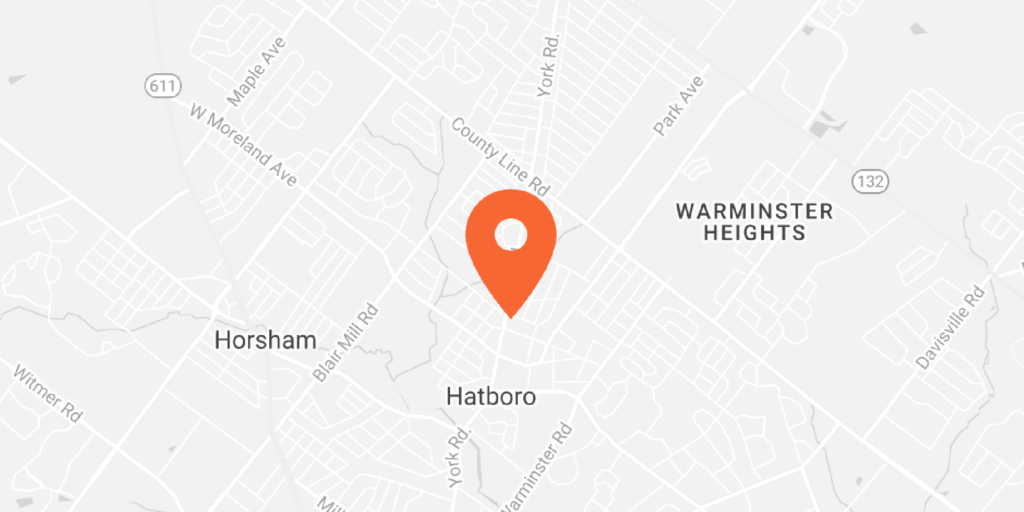Does Coffee Stain Your Teeth?
Coffee stains are one of the most common causes of stains on teeth. While they might not appear immediately after drinking your first cup of coffee, regular coffee drinkers will see, over time, will start to see their teeth yellow. Once these stains have started to develop, it can be very difficult for you to remove them. The best way to deal with coffee stains is to prevent them happening in the first place. Here are five ways to prevent coffee stains on teeth.
1. Add milk to your coffee.
The color of your coffee when you actually drink it is going to affect how deeply it stains your teeth. When you add milk to your coffee, it lightens the color of the drink and it actually provides your teeth with protection for the staining acids in the coffee. Milk, if it comes from an animal like a cow, is high in protein that binds to the polyphenols in coffee. Instead of attaching to and staining your teeth, the polyphenols move on to the stomach, where they can then be swiftly broken down. It is important to note that only animal milk will prevent staining in this manner. Soy milk may taste just as good in your coffee, but because it does not contain the same kinds of proteins, it may not adequately protect coffee stains on teeth. Many believe that the higher the fat content of the milk, the more effective it will be.
2. Change how you drink.
The coffee you drink cannot stain your teeth if it never actually touches your teeth. You might think that you do not exactly swish the coffee around your mouth as it is, but if you are drinking from a cup or from a thermos, it is likely that the coffee is washing over your teeth, especially the teeth in the front of your mouth, before you actually swallow that coffee. Drinking your coffee through a straw is a good way to drink coffee without it ever actually touching your teeth. When the polyphenols do not even have a chance to get near your teeth, they cannot create those dark yellow and brown stains that are so common among those who drink coffee. Drinking hot coffee through a straw might seem strange at first, but if you are trying to prevent staining on your teeth, this is definitely one of the very best ways.
3. Drink a coffee with less caffeine.
Caffeine might be the whole reason that coffee is part of your morning routine, but it is, ultimately, the amount of caffeine in your coffee that determines how much of a staining affect the coffee you drink has on your teeth. Decaf or coffee that is less caffeinated is less likely to leave coffee stains on teeth, so if you choose to drink a coffee that has less caffeine than what you usually drink, you can prevent a great deal of the stains that you are going to encounter. Why does this work? Because the level of caffeine is directly related to the level of polyphenols in the coffee. Less caffeine, fewer polyphenols, and therefore, less staining. There are also a number of ways that you can brew your coffee so that it is less likely to stain your teeth. Coffee brewed in a percolator, for example, is less likely to stain your teeth than coffee brewed in a French press. Which brew method is the least likely to stain your teeth? Cold brewing. The most likely? A Turkish brew. Cold brewing might take much, much longer than just about any other type of brew, but if you are looking for ways to prevent coffee stains on teeth, switching to this type of brewing might do the trick.
4. Use a better toothbrush and brush after drinking coffee.
One of the very best ways to prevent coffee stains on teeth is to remove any remaining coffee residue from your teeth before it has an opportunity to actually permanently stain your teeth. You can do this by brushing your teeth after drinking coffee – even if you’re at work. If you do not have the opportunity to do this, you might, instead, at the very least, swish your mouth with a little water or plain milk. This can help to remove any residue that might be stuck to your teeth if you do not have the time to brush. If you are going to brush, give yourself at least an hour after drinking, and then use a brush with stiff bristles to get rid of anything left on your teeth. Why bother waiting? Because the acid in coffee can actually soften the enamel on your teeth in some cases. If you brush right after drinking, you could be actually brushing away your enamel. Consult your dentist or orthodontist about the best time to brush your teeth.
5. Have your teeth professionally whitened.
Professional whitening is always going to be more effective than at-home whitening kits or whitening toothpaste. Even if your teeth are not particularly stained, regular whitening treatments, performed by a dentist or orthodontist that you trust, can help to maintain your sparkling white smile. The treatments that a professional can provide will also help your teeth stay whiter longer than at-home kits will. This means if your teeth are already stained, having them whitened professionally can then prevent new stains from forming on your teeth. Keep in mind that too much whitening of your teeth could harm their natural protective layer. Using professional whitening in combination with these other methods will give you the best protection against coffee stains on your teeth.



